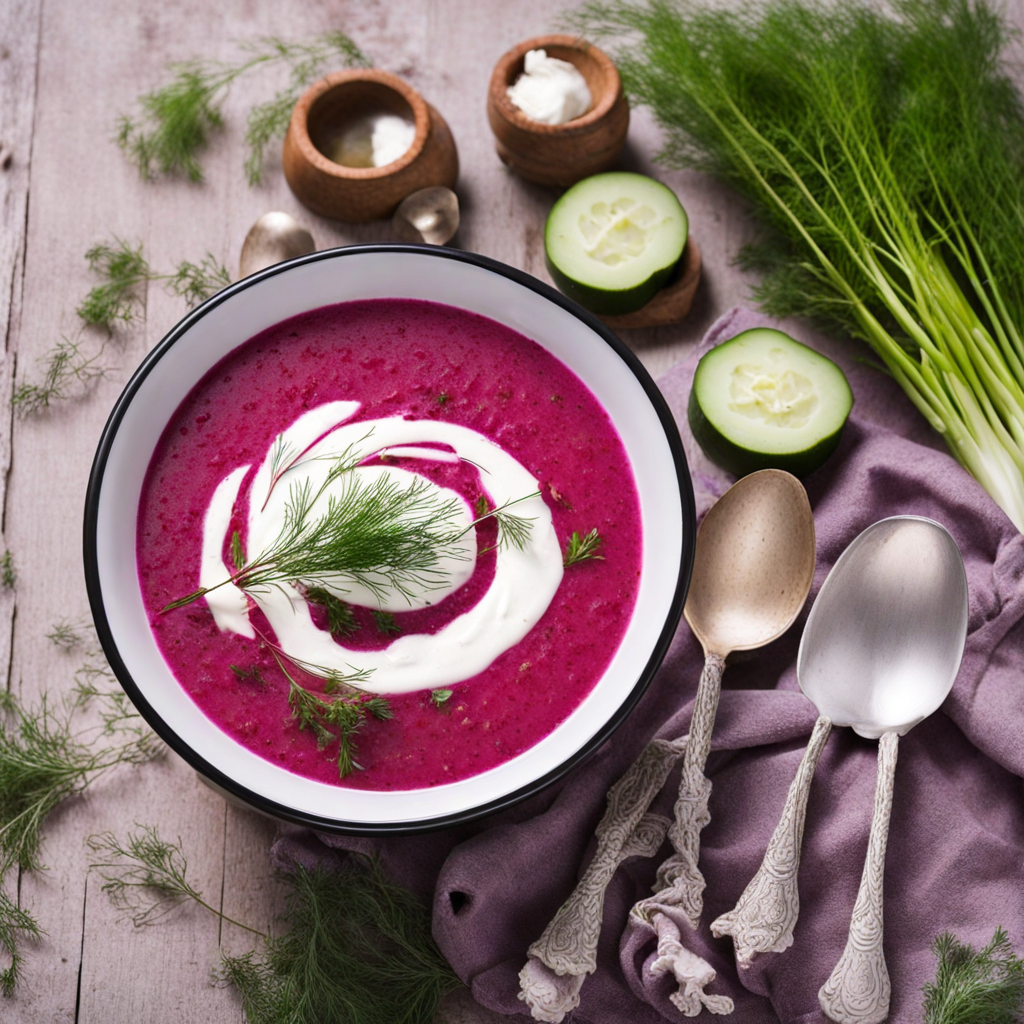Zrazy
Zrazy is a traditional Belarusian dish that offers a delightful combination of flavors and textures, making it a must-try for any culinary enthusiast. Typically, Zrazy consists of thinly rolled beef or pork fillets that are stuffed with a savory filling, which often includes ingredients like mushrooms, onions, and hard-boiled eggs. The meat is usually seasoned with a blend of herbs and spices, allowing the natural flavors to shine through while enhancing the overall taste profile. Each bite reveals a tender exterior that contrasts beautifully with the rich and hearty stuffing inside. The preparation of Zrazy is an art in itself, as the meat must be carefully rolled and secured to keep the filling intact during cooking. The dish is often pan-fried to achieve a golden-brown crust, followed by braising to ensure the meat is succulent and infused with the flavors of the filling. Some variations of Zrazy may also be baked, which adds a different layer of flavor and texture. The result is a dish that is both comforting and satisfying, perfect for a hearty meal. Zrazy is typically served with a side of creamy mashed potatoes or a fresh salad, allowing the dish to shine while providing a balanced meal. The presentation often includes a drizzle of rich gravy, which enhances the flavors further and adds a touch of elegance to the plate. For those seeking to expand their culinary horizons, Zrazy represents the heart of Belarusian cuisine, showcasing the region's dedication to hearty, flavorful food that tells a story through its ingredients and preparation techniques.
How It Became This Dish
The Culinary Journey of Зразы: A Belarusian Delight #### Origins and Early History Зразы (zrazy) is a traditional dish hailing from Belarus that has captured the hearts and palates of many over centuries. Its roots trace back to the culinary practices of Eastern Europe, where the use of meat and vegetables was ingeniously combined with the region’s abundant agricultural produce. Although its exact origins remain somewhat obscure, it is widely believed that zrazy emerged during the Middle Ages as a way to utilize leftover meats and to make hearty meals that could sustain laborers and farmers in the harsh climates. The name "zrazy" is derived from the Slavic word "zraz," which means to wrap or envelop. This etymology reflects the dish's preparation method, where a filling is encased within a layer of meat. The primary ingredients typically consist of minced meat (beef, pork, or chicken), combined with an array of fillings that can include mushrooms, potatoes, or vegetables. This technique of wrapping food is not unique to Belarus but can be found in various forms across Slavic countries and beyond, indicating a shared culinary heritage that transcends borders. #### Cultural Significance In Belarus, zrazy holds a special place in the cultural landscape. Traditionally, the dish is associated with family gatherings, holidays, and celebrations. The preparation of zrazy often involves multiple generations of a family coming together, sharing stories, and passing down recipes that have been refined over time. This communal aspect of cooking reinforces familial bonds and cultural identity, making zrazy not just a meal but a symbol of togetherness. During significant events such as weddings, holidays, and religious celebrations, zrazy is often served as part of a larger feast. Its versatility allows it to be adapted to various occasions, whether it is a luxurious version with gourmet fillings or a more rustic preparation that reflects the simplicity of rural life. In Belarusian folklore, food often carries symbolic meanings, and zrazy, with its rich fillings and comforting flavors, embodies warmth, hospitality, and abundance. Zrazy also reflects the broader agricultural practices of Belarus. The use of locally sourced ingredients, such as potatoes, mushrooms, and herbs, highlights the connection between the land and the table. This relationship is a cornerstone of Belarusian culture, where food is a reflection of the seasons and the hard work of farmers. As such, zrazy is often seen as a celebration of Belarusian heritage, showcasing not only the culinary skills of its people but also their resilience and resourcefulness. #### Evolution Over Time As Belarus underwent various historical changes, including invasions, occupations, and the eventual establishment of a national identity, so too did the dish of zrazy evolve. The 19th and early 20th centuries saw a blending of culinary practices as people from different regions and backgrounds interacted. This fusion introduced new flavors and techniques into the preparation of zrazy, enriching its culinary profile. In the Soviet era, zrazy became a staple in many households across Belarus and the broader Soviet Union. The state promoted the idea of communal dining and shared meals, leading to the proliferation of zrazy in public dining halls, canteens, and restaurants. The dish was often adapted to be more economical and accessible, using whatever ingredients were available. This period marked a democratization of the dish; zrazy was no longer confined to special occasions but became a common feature of everyday life. As globalization took hold in the late 20th and early 21st centuries, zrazy faced new challenges and opportunities. The rise of fast food and processed meals threatened traditional recipes, yet this also sparked a renaissance of interest in authentic and artisanal foods. Chefs and home cooks began to re-embrace traditional recipes, experimenting with fillings and presentation while respecting the core essence of zrazy. This resurgence is part of a broader movement to preserve culinary heritage in an increasingly homogenized world. #### Modern Interpretations Today, zrazy can be found in a myriad of forms, reflecting the culinary creativity and adaptability of contemporary Belarusian cuisine. While the classic version remains popular, innovative chefs have begun to experiment with fillings, incorporating international flavors and techniques. For instance, some modern interpretations feature fusion fillings like feta cheese and spinach or even Asian-inspired ingredients like kimchi. In addition to variations in fillings, the cooking methods have also diversified. While zrazy is traditionally pan-fried or baked, contemporary cooks may choose to grill or steam the dish, allowing for healthier options that cater to modern dietary preferences. The use of organic and locally sourced ingredients has also become increasingly popular, aligning with global trends towards sustainability and health consciousness. Moreover, zrazy has found its way onto the international culinary scene, with Belarusian restaurants and food festivals showcasing this beloved dish. Food enthusiasts are drawn to its rich flavors and comforting nature, and zrazy has become a culinary ambassador for Belarus, representing the country’s rich history and culture. #### Conclusion The history of zrazy is a testament to the resilience and adaptability of Belarusian cuisine. From its humble beginnings as a means to utilize leftover meats to its status as a cultural icon, zrazy encapsulates the essence of Belarusian identity. It serves as a reminder of the importance of family, tradition, and the connection to the land. As we look to the future, zrazy will undoubtedly continue to evolve, influenced by changing tastes, new culinary trends, and the ongoing quest for authenticity in food. Whether enjoyed in a rustic village home or a contemporary urban restaurant, zrazy remains a symbol of warmth and hospitality, ensuring that this beloved dish will endure for generations to come. Through its rich history and cultural significance, zrazy is not just food—it is a story, a memory, and a cherished part of Belarusian heritage.
You may like
Discover local flavors from Belarus







